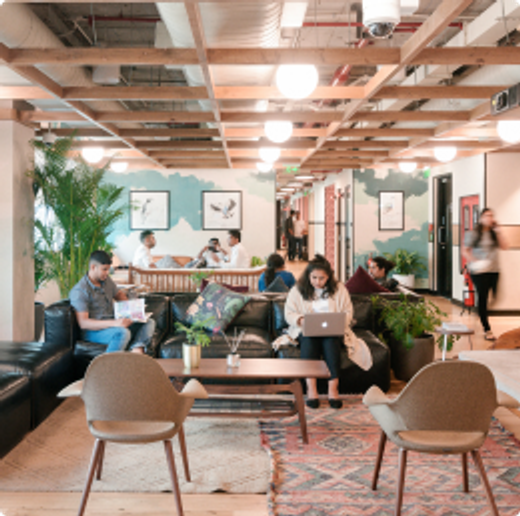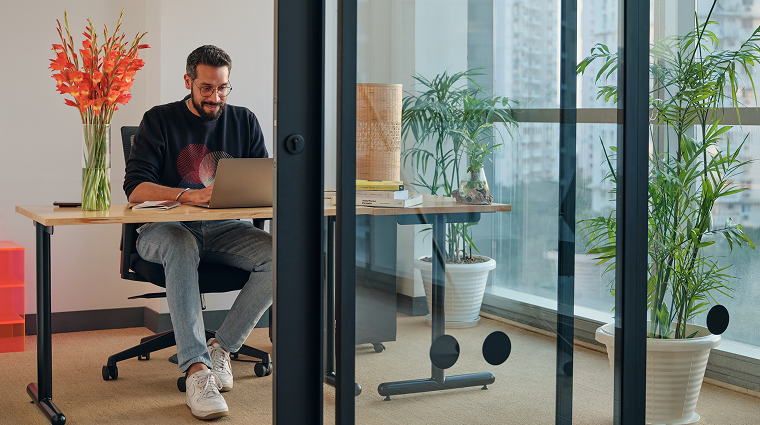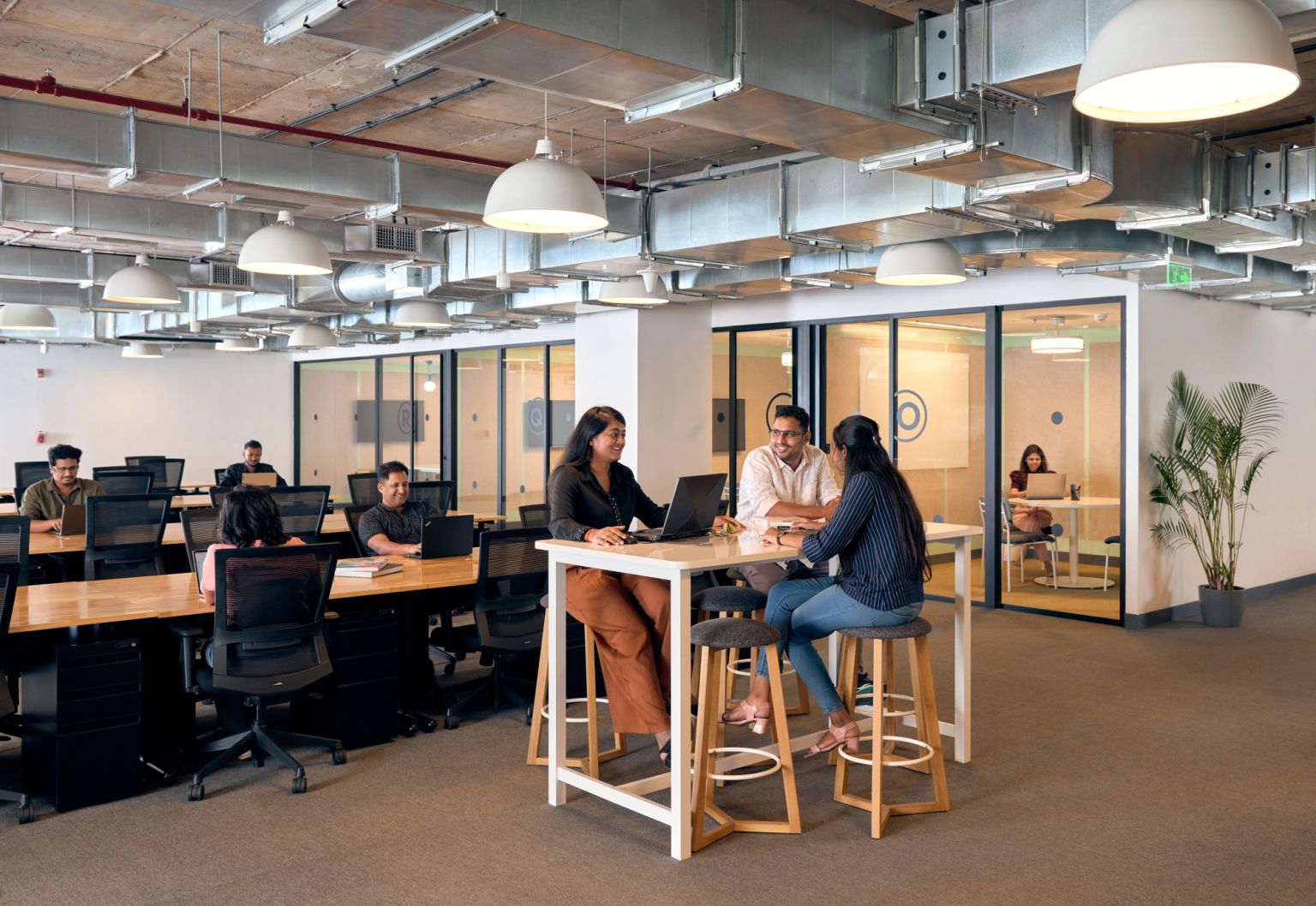CULTURE & COMMUNITY
Why Employees Are Hesitant to Return to the Office and How Employers Can Respond

Discover why many employees prefer remote work and how companies can address concerns with hybrid models, flexible hours, and coworking solutions like WeWork.
The pandemic revolutionised the way people work globally. There were lockdowns, and during that time, most companies permitted employees to work remotely. Initially, it was temporary. However, with time, workers adapted to it. Even today, although numerous tech businesses are requesting employees to come back to the workplace, many people do not want to return. Why is this so? Let’s break it down in simple terms and also look at how businesses can solve the problem.
1.People got used to working from home
When the world closed down, work did not. People worked from their kitchen, bedroom, and home office. They got used to it over time. No more commuting, no more getting dressed, no more packed lunches, just wake up and work. This new routine made many people more relaxed and concentrated. Now returning to a tight 9-to-5 office life appears to be a retrograde step.
2.Commuting is a nightmare
One of the main reasons workers don't want to come into the office is the commute. Trains run late. Roads are congested. Petrol is costly. Regardless of whether it's 30 minutes or two hours, commuting costs time, energy, and money. Working from home has taught individuals that they can spend that time more effectively exercising, sleeping, or spending time with their family.
3.Improved work-life balance at home
While at home, employees can organise their day more efficiently. They can take brief pauses, make meals, or even get their children back from school. The flexibility provides them with greater control over their professional and personal life. Office work, which involves strict timings and long working hours, becomes more challenging to conduct smoothly.
Also read: What is work-life balance and its importance
4.Some offices look old-fashioned
Let's be honest, not all offices are cosy or enjoyable. Some are noisy. Some are bland. And some lack even good ventilation or breakout space. After months in the comfort of their own homes, individuals aren't eager to go back to bland and drab cubicles.
5.Workers are more productive at home
Believe it or not, most employees report that they produce more work at home. There are fewer distractions. Meetings are shorter. No office chatter wastes time. For concentrated work, the home setting tends to work better. For some, going back to the office means getting less done, not more.
6.Mental health counts
The pandemic also caused people to think more about mental health. For some staff, returning to busy office premises can be stressful or trigger anxiety. They might fear contracting an illness or simply feel swamped by social contact. Employers who ignore this could experience increased resignations and burnout.
Also read: What is an Activity-Based Workspace and How it Helps in Maximising Productivity
How to fix it
Here are some easy and intelligent solutions for businesses to bring employees back to the office:
- Provide hybrid work models: Allow individuals to work from home for a few days and visit the office when necessary. It's a win-win.
- Redesign office spaces: Make offices cosier, spacious, and friendly. Include quiet spaces, lounges, and creative areas.
- Flexible hours: Not all are comfortable working from 9 to 5. Allow employees to select timings that work for them, as long as the job is done.
- Listen to feedback: Speak to the employees. Ask them what they require. Get them to feel part of the decision.
- Make commuting easier: Provide travel allowances, shuttle services, or grant flexible hours to stay away from rush hour.
- Demonstrate the worth of office work: If teamwork, bonding, or mentoring is improved face-to-face, mention it upfront. Provide a reason for people to come back.
Conclusion
As companies seek to encourage people to return to work without losing top talent, coworking offices such as WeWork provide an excellent middle ground. These adaptable, contemporary offices provide employees the option to work close to home rather than going back and forth for hours. WeWork workspaces are trendy, well-designed, and equipped with premium amenities that teams require. Employees get access to meeting rooms and high-speed internet, providing small teams and big companies the ability to maintain work-life balance without undermining in-person collaboration.
Related Blogs:

CULTURE & COMMUNITY
Many professionals now deal with stress regularly, with tight deadlines and long work hours in a stressful workplace. In such a demanding and fast-paced work culture, mindfulness can be an effective strategy.

CULTURE & COMMUNITY
A buddy system involves assigning a new employee a coworker buddy. The buddy, who is an experienced worker, guides the new employee for the first weeks or months of work.

